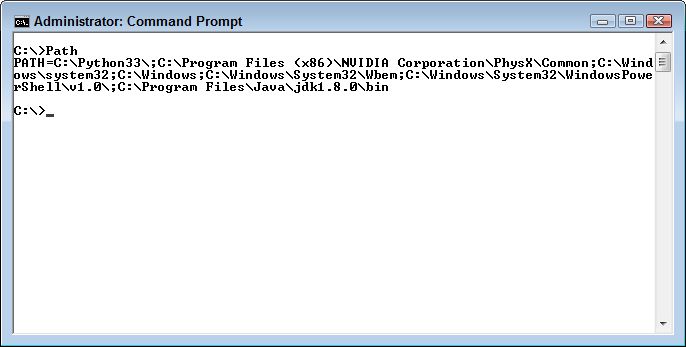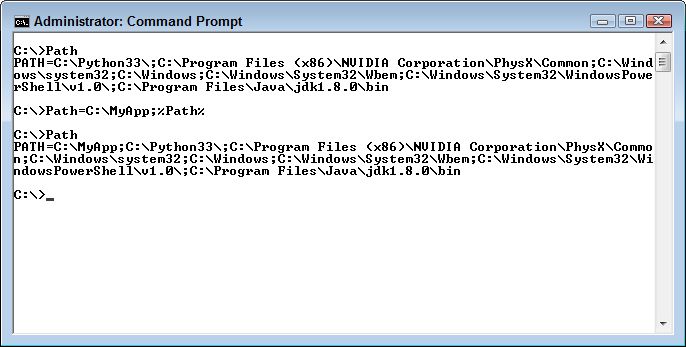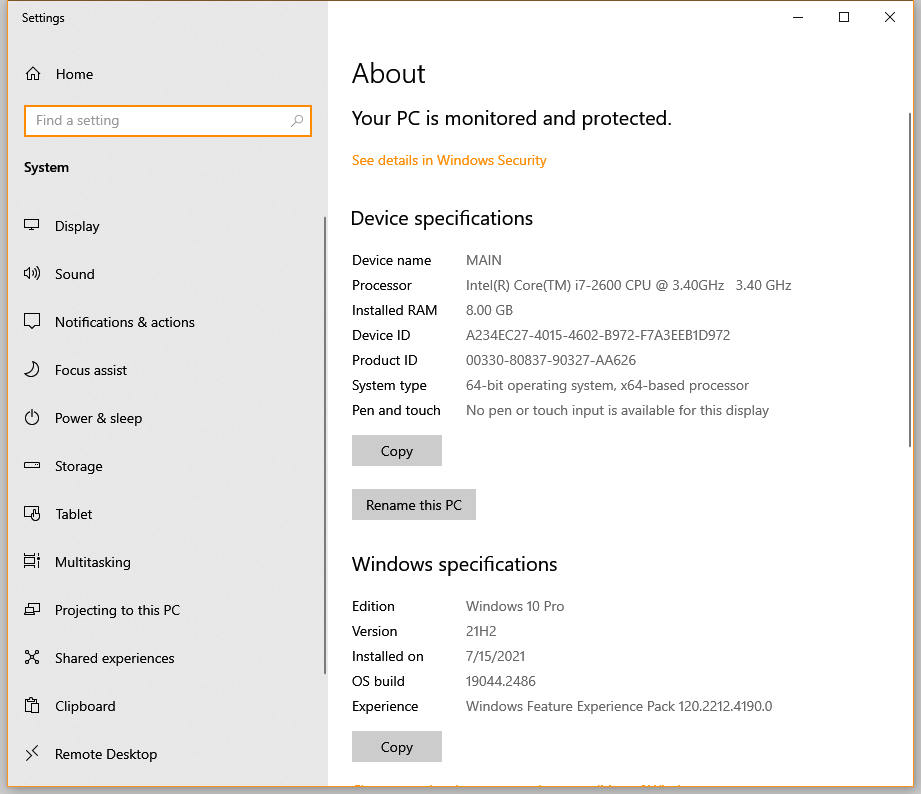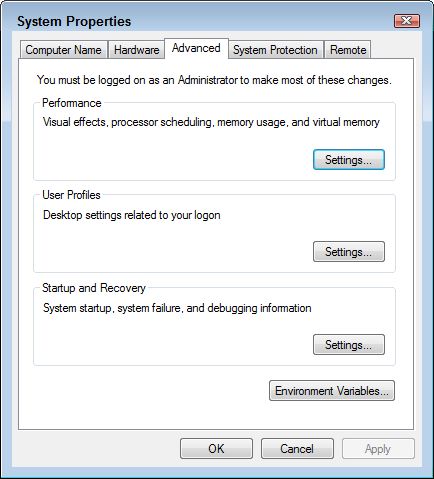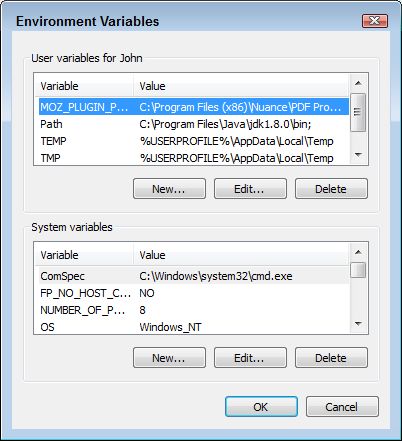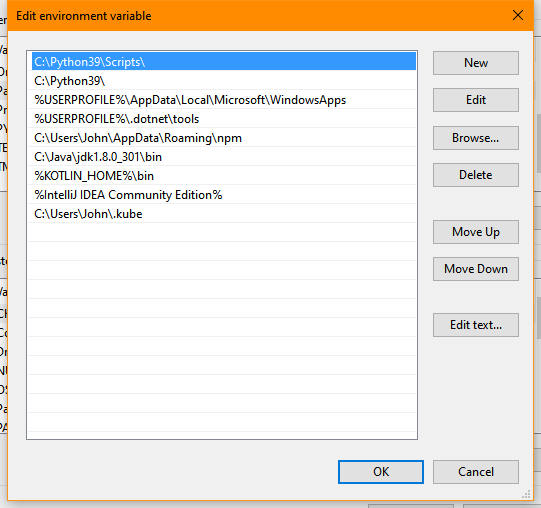This is an update of a post that originally appeared on November 21, 2011.
A major problem with most applications today is that they lack useful comments. It’s impossible for anyone to truly understand how an application works unless the developer provides comments at the time the code is written. In fact, this issue extends to the developer. A month after someone writes an application, it’s possible to forget the important details about it. In fact, for some of us, the interval between writing and forgetting is even shorter. Despite my best efforts and those of many other authors, many online examples lack any comments whatsoever, making them nearly useless to anyone who lacks time to run the application through a debugger to discover how it works.
Good application code comments help developers of all stripes in a number of ways. As a minimum, the comments you provide as part of your application code provides these benefits.
- Debugging: It’s easier to debug an application that has good comments because the comments help the person performing the debugging understand how the developer envisioned the application working.
- Updating: Anyone who has tried to update an application that lacks comments knows the pain of trying to figure out the best way to do it. Often, an update introduces new bugs because the person performing the update doesn’t understand how to interact with the original code.
- Documentation: Modern IDEs often provide a means of automatically generating application documentation based on the developer comments. Good comments significantly reduce the work required to create documentation and sometimes eliminate it altogether.
- Technique Description: You get a brainstorm in the middle of the night and try it in your code the next day. It works! Comments help you preserve the brainstorm that you won’t get back later no matter how hard you try. The technique you use today could also solve problems in future applications, but the technique may become unavailable unless you document it.
- Problem Resolution: Code often takes a circuitous route to accomplish a task because the direct path will result in failure. Unless you document your reasons for using a less direct route, an update could cause problems by removing the safeguards you’ve provided.
- Performance Tuning: Good comments help anyone tuning the application understand where performance changes could end up causing the application to run more slowly or not at all. A lot of performance improvements end up hurting the user, the data, or the application because the person tuning the application didn’t have proper comments for making the adjustments.
The need for good comments means creating a comment that has the substance required for someone to understand and use it. Unfortunately, it’s sometimes hard to determine what a good comment contains in the moment because you already know what the code does and how it does it. Consequently, having a guide as to what to write is helpful. When writing a comment, ask yourself these questions:
- Who is affected by the code?
- What is the code supposed to do?
- When is the code supposed to perform this task?
- Where does the code obtain resources needed to perform the task?
- Why did the developer use a particular technique to write the code?
- How does the code accomplish the task without causing problems with other applications or system resources?
There are many other questions you could ask yourself, but these six questions are a good start. You won’t answer every question for every last piece of code in the application because sometimes a question isn’t pertinent. As you work through your code and gain experience, start writing down questions you find yourself asking. Good answers to aggravating questions produce superior comments. Whenever you pull your hair out trying to figure out someone’s code, especially your own, remember that a comment could have saved you time, frustration, and effort. What is your take on comments? Let me know at [email protected].

